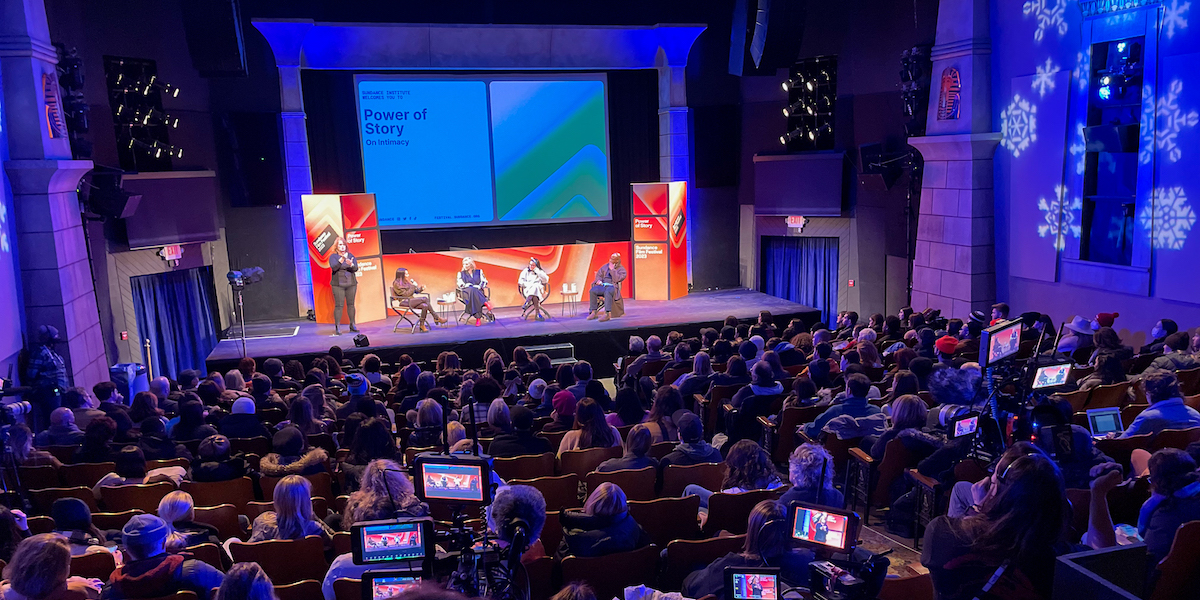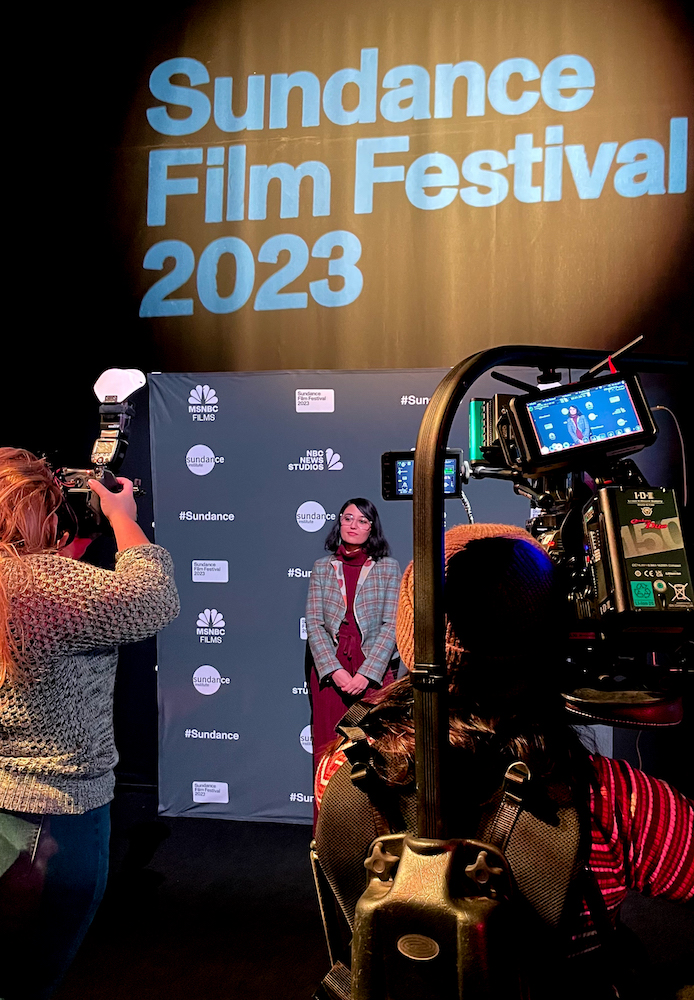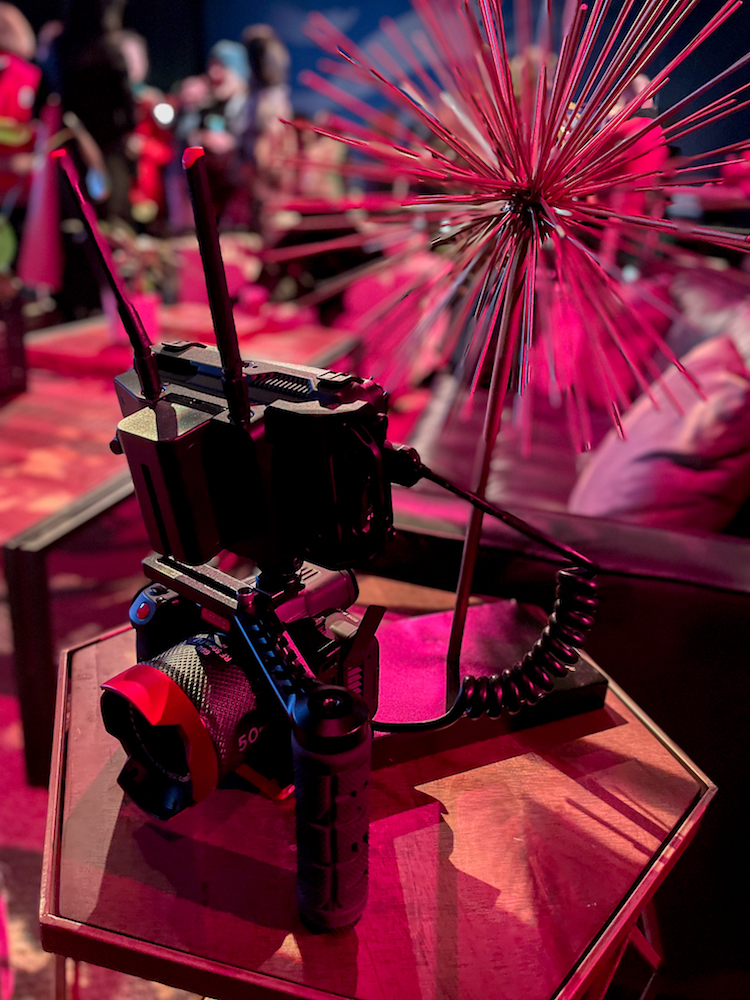
Atomos: Follow the cloud
Posted on Mar 28, 2023
Collating, cutting, editing and packaging content at the Sundance Film Festival has been a laborious process over the years. But thanks to Atomos, not any more
Advertisement feature
SUNDANCE FILM FESTIVAL is one of the most prestigious in the world. Held annually in Park City, Utah, it has a reputation for showcasing original, thought-provoking films – often by up-and-coming directors.
Many pictures that debut at Sundance go on to become critical darlings, with some even winning major awards. What’s more, the festival attracts industry professionals from around the world – from producers to distributors and buyers. This allows filmmakers to network and potentially secure distribution deals for their films.
In short, Sundance is a place where careers are made – the fulfilment of hopes and dreams all in one place. That means it’s a lot of work for those on the front line.
ON THE NIGHT SHIFT
Gathering footage during the day, then editing it all night for highlights packages to be distributed next day, isn’t an easy job.
“There is a lot of lead up to the festival,” explains Michael Bodie, executive producer for Sundance. “We are in the middle of a mountain town in the middle of the winter. But when Sundance hits, that’s tens of thousands of people that are flying into Park City. Traffic everywhere. Icy roads. And we are supposed to be everywhere throughout the day. That makes it really hard when we have these things like the Daily Recap, because our daily recap video, if you can believe it, is being shot and then put out into theatres the very next day.”
The world turns, and the introduction of Atomos Cloud Studio with Frame.io to Sundance means the old process has been banished to the history books. Now, footage is delivered live throughout the day to the edit team, with next-day packages complete by end of play – negating the need for overnight work.
MAKING TIME IN THE SUN
“The biggest hurdle for us is time,” explains RJ Glass, lead video editor for the festival. “We had about a dozen camera teams in the field at any given time, and with them is a field producer. Every camera had an Atomos Ninja V on the top. The Ninja was critical because, without it, we can’t connect to Camera to Cloud. More than half a dozen editors are cutting throughout the day, all the way into the wee hours of the night.”
Glass explains how the team is responsible for lots of content at the festival. “These include our hero content – the Daily Recap – press clips and social media, TikTok, Facebook,” Glass explains. “We also capture panel discussions to deliver for people at home.”
Jason Nichols, creative director at Sundance Institute, explains how his team was ‘racing the sun’ at that time. “We were running out of daylight,” he recalls. “Immediately, we’d start getting clips from people on the street who couldn’t tell you enough about the films they saw. We were bringing the shots into Premiere and editing as we go. Very quickly, we were building this edit, almost in real time; we could see the elements that were still missing and get them all before the sun went down.”
Glass explains how the team is getting used to the Camera to Cloud workflow. “That’s what really opened it up for us. One of the biggest impacts is simply time saving,” he enthuses. “I mean, that may seem sort of obvious, but in this context it’s everything. Having tools that allow for easy collaborations are key.”
It’s a view shared by Bodie: “It’s amazing to know that, once you press cut on a clip, it’s going straight back to the offices.”
“We’re pulling those down as they come in,” Glass says. “Some of us were already working on string-outs for that day’s Daily Recap. Our producers were just double-checking that all the footage we were shooting was coming straight in.”
THE UNKNOWN
If the Atomos Ninja V loses Wi-Fi signal while recording, when it picks up a signal again it carries on uploading where it left off. The crews found this out while driving around – the Wi-Fi would reconnect and the upload recommenced. It’s like the media can find its own way home.
This allowed for a safety net. As Nichols puts it: “Our schedules are now as watertight as humanly possible.” Over the eight-day shoot, the camera crews uploaded over 100GB of data, using multiple carriers with five of Sclera Digital’s bonded Wi-Fi modems. Thanks to Atomos, when it comes to projects like this, things have just been made a lot easier.
This article appears in the April issue of Definition. Learn more at atomos.com.










